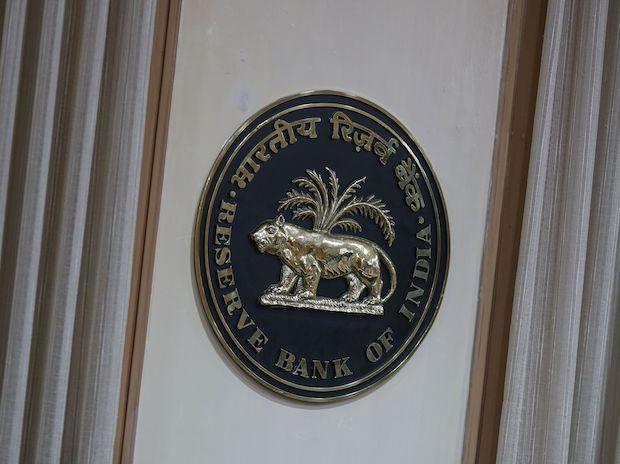WHAT IS STAGFLATION?

Stagflation
Stagflation is an economic condition when stagnant economic growth, high unemployment, and high inflation combine together. Basically, inflation plus stagnant growth equals stagflation. The term emerged during the 1973-1975 recession.
LATEST UPDATES ON STAGFLATION
-
 India better placed than many others to avoid stagflation: RBI article
India better placed than many others to avoid stagflation: RBI article
The article noted that global economic conditions continue to deteriorate as ratcheting up of commodity prices and financial ...| June 16, 2022, Thursday -
Stories during stagflation: How India fares on 'modified' misery index?

Misery is the highest in countries known for economic mismanagement: Turkey, Argentina, South Africa. Next come Russia, Brazil, ...| June 10, 2022, Friday -
 Economy in stagflation; Budget must tax the wealthiest: Jayati Ghosh
Economy in stagflation; Budget must tax the wealthiest: Jayati Ghosh
Economy faces 'massive problem' of poor demand and corporations acknowledge that, says the economist.| January 30, 2022, Sunday
